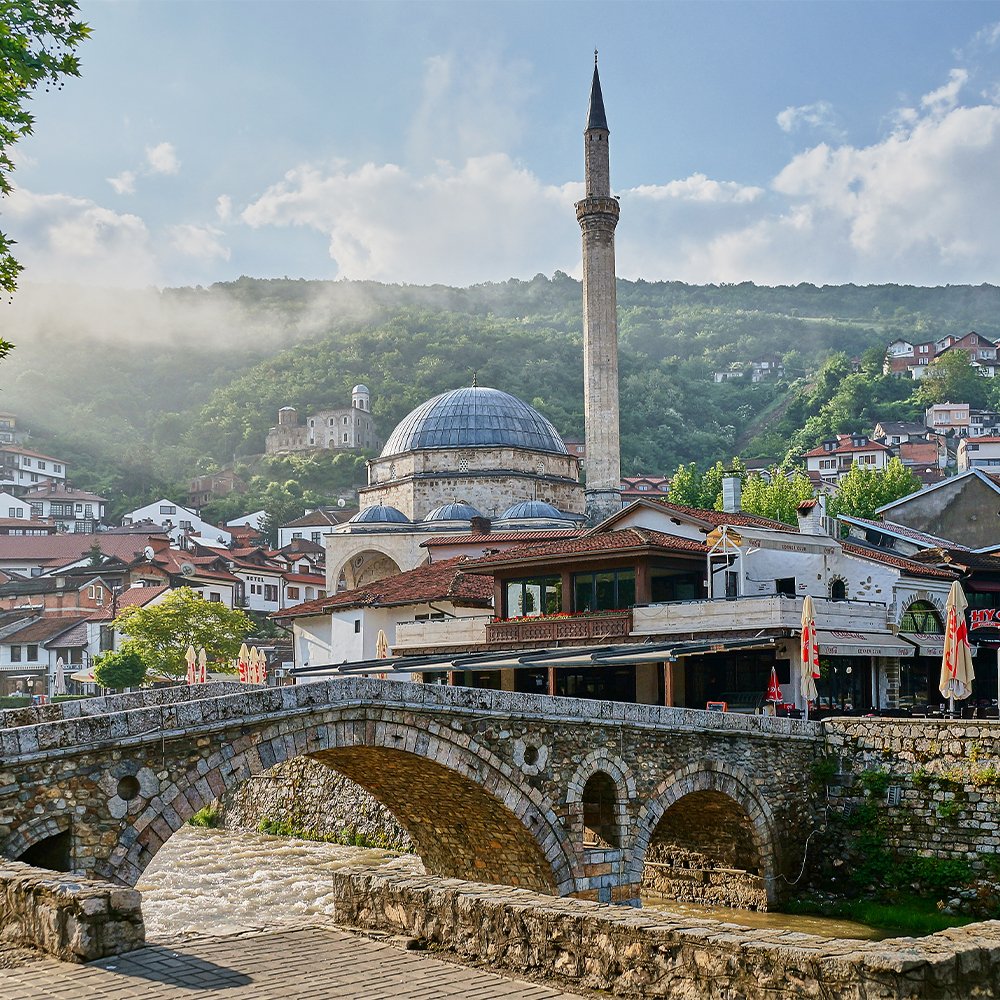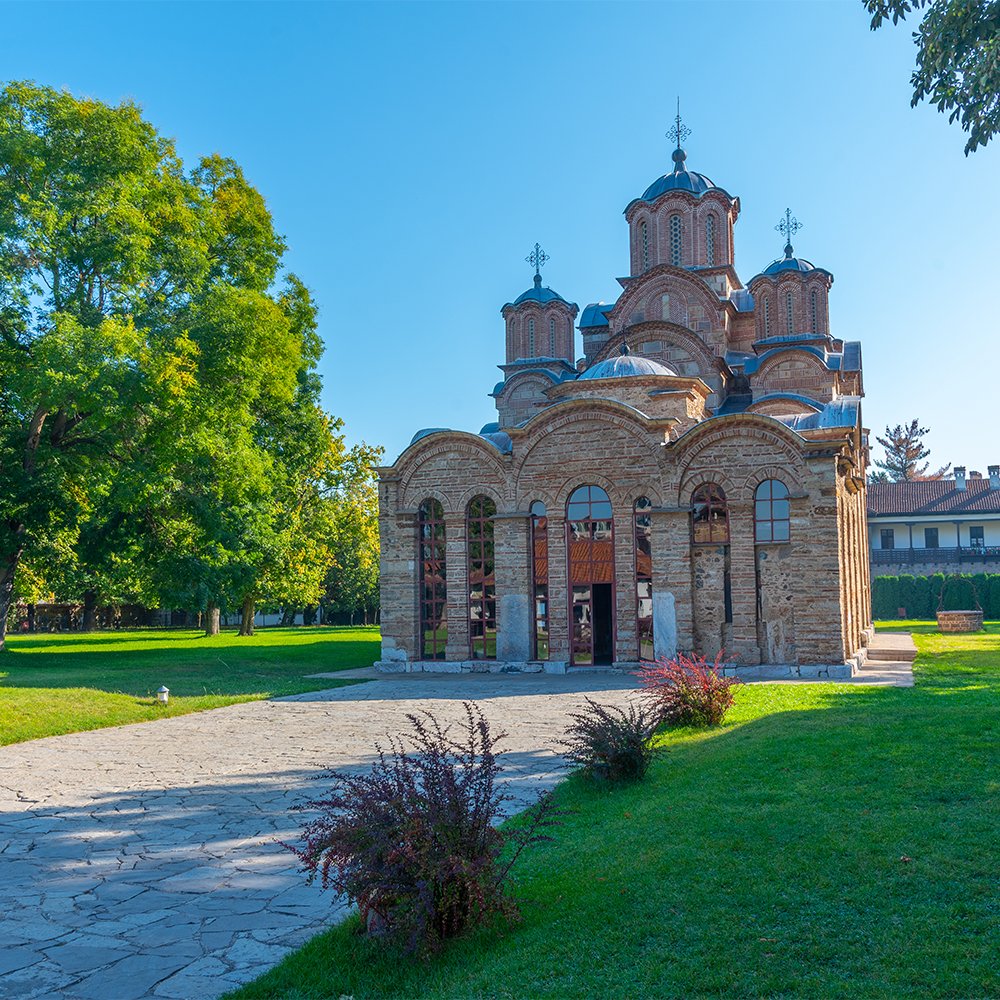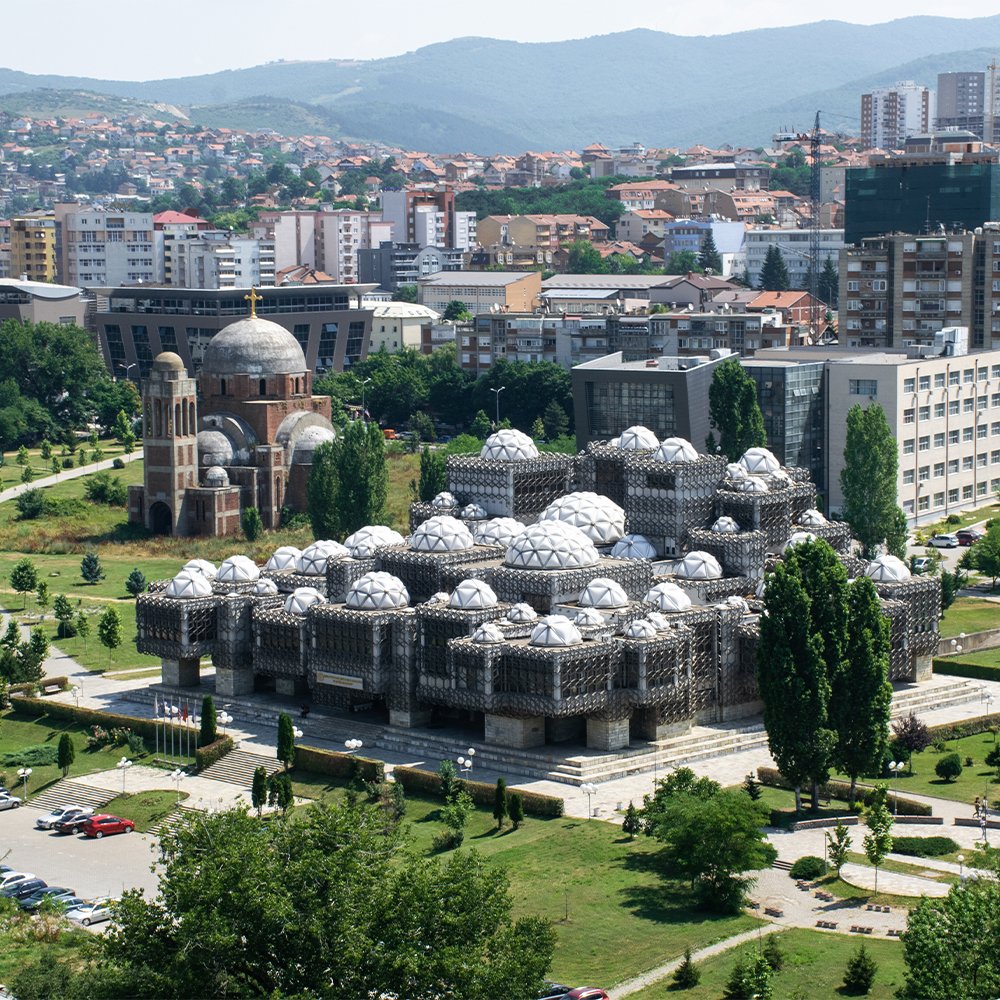Kosovo






Overview
Kosovo is a disputed territory and partially recognised state in Southeastern Europe that declared its independence from Serbia in February 2008 as the Republic of Kosovo. While Serbia recognises the Republic’s governance of the territory, it still continues to claim it as its own Autonomous Province of Kosovo and Metohija. Kosovo is landlocked in the central Balkan Peninsula. Its capital and largest city is Pristina. It is bordered by the Republic of Macedonia and Albania to the south, Montenegro to the west, and the uncontested territory of Serbia to the north and east. In antiquity, the Dardanian Kingdom, and later the Roman province of Dardania was located in the region. After being part of the Ottoman Empire from the 15th to the early 20th century, in the late 19th century Kosovo became the centre of the Albanian independence movement with the League of Prizren. As a result of the defeat in the First Balkan War (1912–13), the Ottoman Empire ceded the Vilayet of Kosovo to the Balkan League; the Kingdom of Serbia took its larger part, while the Kingdom of Montenegro annexed the western part before both countries became a part of the Kingdom of Yugoslavia after World War I. After a period of Yugoslav unitarianism in the Kingdom of Yugoslavia, the post-World War II Yugoslav constitution established the Autonomous Province of Kosovo and Metohija within the Yugoslav constituent republic of Serbia.
Highlights
Fast Facts
Good to Know
Kosovo is a land of great wine, tasty food and exceptional leather products. The population is an exciting mix of Albanians, Turks, Romani, Ashkali and Serbs, and you can walk along the river taking in a variety of influences, from Ottoman mosques, to old Orthodox and Catholic churches via numerous bustling bars and cafés.
Events
DOKUFEST, The International Documentary and Short Film Festival, is the largest film event in Kosovo. The Festival is organized in August in the picturesque and historical town of Prizren which attracts numerous international and regional artists. Pristina Jazz Festival, acclaimed to be one of the most important cultural events in the country, has managed to bring famous and important artists.
ALBANIA, MACEDONIA & KOSOVO 1 NIGHTS / 2 DAYS VIA SKOPJE
Meet in Tirana and transfer toward Ohrid via Saint Naum. Set amidst lush verdure where the River Crn Drim tumbles into the lake, the monastery of St. Naum is a refuge of tranquility at the very southwestern corner of the Macedonian Republic. Situated 29 km (18 m) from the town of Ohrid and only 1 kilometer (0.6 m) from the Albanian border, the monastery brings the Macedonian experience to a dramatic culmination. As with most Byzantine churches, St. Naum was chosen primarily for its location – on a high, rocky outcropping over the lake, above deep forests and life-giving springs of the river Crn Drim. The monastic complex and church of St. Naum were built originally at the turn of the tenth century by the monk that beared the same name; Macedonians believe you can still hear the saint’s heartbeat by pressing an ear to his stone coffin inside the church. Continue toward Ohrid for half day sightseeing tour of Ohrid. The resort town of Ohrid is one of the oldest settlements in Macedonia dating from before the Slavic period. Ohrid is an UNESCO site located in the Ohrid/Prespa region near Galicica National Park. It has a long rich history but is perhaps best known for the missionary brothers Cyril and Methodius who arrived in Ohrid in 886AD and made Ohrid a leading center of Slavic culture and literary activities. The brothers are credited with the creation of the Cyrillic Alphabet which helped them spread their missionary work in the Slavic world. After our journey on the lake we continue sightseeing on foot strolling through the picturesque alleys of the old town, discovering the craftsmanship of the rich tradition of silver filigree, wood carving, and Ohrid’s Pearls. Visit the protected archaeological museum and the House of Robevc. Visit the first renaissance frescoes in the church of St. Sophia and continue to the Mother of God Church Perivlepta with the apocryphal scenes in rich frescoes from the life of the Virgin. Stop at the Classical Theatre, built 2000 years ago and still used today. At Plaoshnik tour the excavations of the Monastery of St. Pantelejmon, seat of the first Slavic University in Europe founded by St. Clement. Time for lunch of Ohrid trout prepared fresh from the lake. Lunch in Ohrid and proceed toward Skopje. Check-in at Holiday Inn Hotel in Skopje. Night tour of Skopje. Overnight stay at Holiday Inn Hotel. (B, L, D)
American buffet breakfast at Holiday Inn Hotel in Skopje. Depart toward Prizren via Prishtina. Start the sightseeing tour of Pristina. Pristina, is the capital and largest city of Kosovo. The population of Pristina is 198,000. The city has a majority Albanian population, alongside other smaller communities including Bosniaks, Roma and others. It is the administrative, educational, and cultural center of Kosovo. In Pristina we visit Mother Theresa Boulevard, Scanderbeg Statue, Ethnographic Museum. After the visit in Pristina drive toward Prizren. In Prizren we will visit: the Ottoman Bridge, the Sinan Mosque, the Gazi Mehmet Pasha Hamam, Albanian League House etc.
Free time in Prizren for lunch. After Prizren depart toward Tirana via the new highway. Arrival in Tirana.

